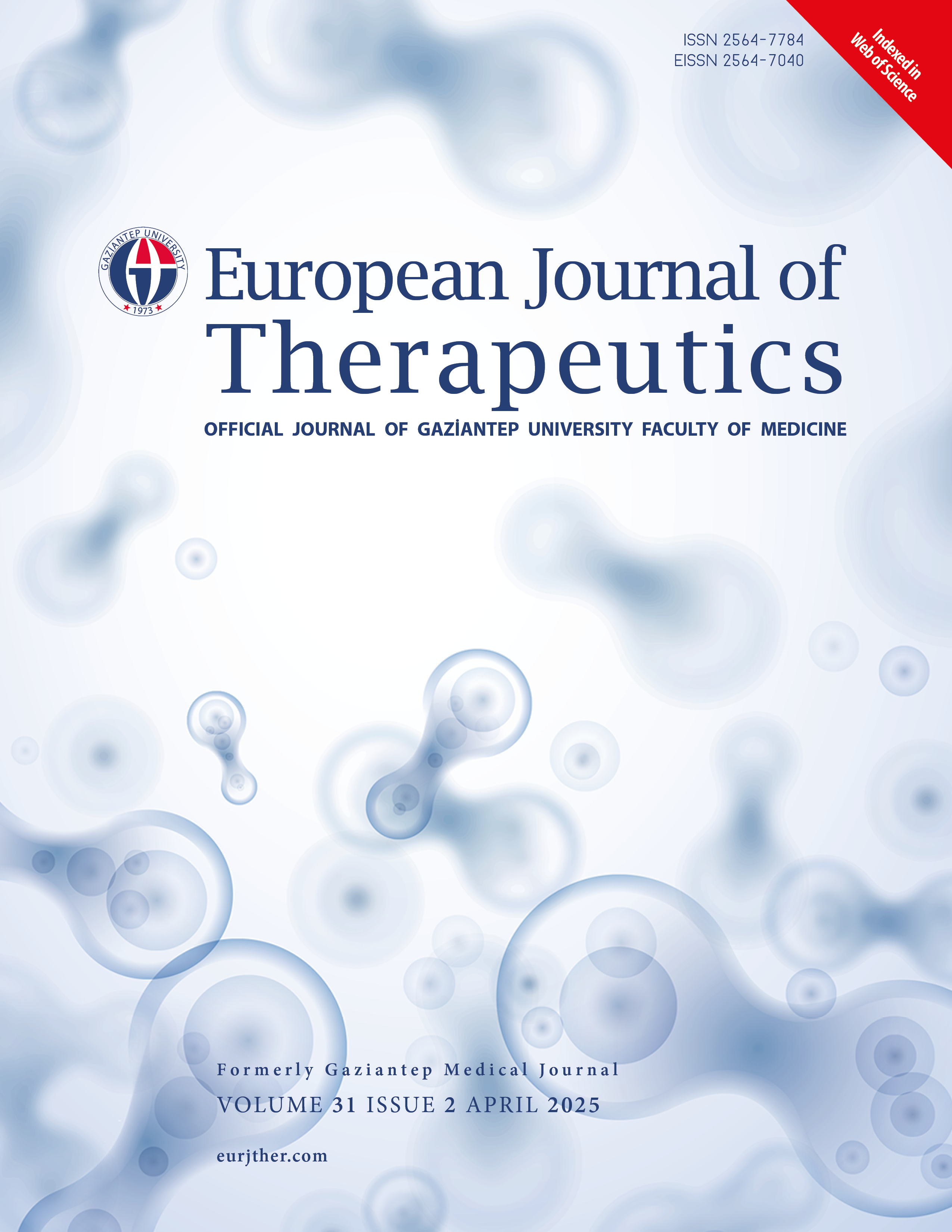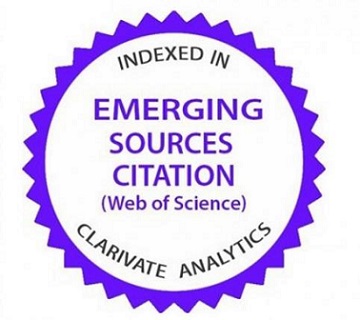A Novel Endoscopic Approach for Pseudoachalasia Secondary to Anti-Reflux Surgery
DOI:
https://doi.org/10.58600/eurjther2664Keywords:
pseudoachalasia, esophageal stricture, endoscopic circular stricturectomy, anti-reflux surgeryAbstract
Pseudoachalasia is an uncommon esophageal motility disorder that may clinically resemble idiopathic achalasia but is typically associated with secondary causes, such as malignancy or prior esophagogastric surgery. We report a 65-year-old female with a history of anti-reflux surgery who presented with progressive dysphagia and involuntary weight loss over a six-month period. Despite undergoing multiple sessions of pneumatic dilation, her symptoms remained unresolved. A comprehensive diagnostic workup, including barium esophagography, computed tomography, and endoscopic ultrasound, demonstrated a benign-appearing, long-segment fibrotic stricture in the distal esophagus, without evidence of malignancy. High-resolution manometry could not be performed due to poor patient tolerance. Given the failure of standard therapeutic modalities, we employed a novel endoscopic intervention Endoscopic Circular Stricturectomy (ECS) involving circumferential mucosal incision, excision of fibrotic tissue, and local steroid injection to minimize the risk of restenosis. The procedure was completed without complications, and esophageal patency was restored by postoperative day 5, allowing resumption of oral intake. Follow-up evaluations at one and two months confirmed sustained clinical improvement without recurrence. This case underscores the diagnostic complexity of pseudoachalasia, especially in the context of post-surgical fibrosis, and highlights the limitations of relying solely on manometric findings. ECS appears to be a feasible and minimally invasive therapeutic alternative to surgical revision in select cases of benign fibrotic esophageal strictures. Further investigation is warranted to establish its efficacy and safety in broader clinical settings.
Metrics
References
Qin J, Wang Z, Li Y (2020) The impact of postoperative complications after minimally invasive esophagectomy on long-term survival. Annals of Esophagus 3. https://doi.org/10.21037/aoe.2020.02.05
Saino G, Bona D, Nencioni M, Rubino B, Bonavina L (2009) Laparoscopic diagnosis of pleural mesothelioma presenting with pseudoachalasia. World Journal of Gastroenterology: WJG 15:3569. https://doi.org/10.3748/wjg.15.3569
Tuason J, Inoue H (2017) Current status of achalasia management: a review on diagnosis and treatment. Journal of Gastroenterology 52:401-406. https://doi.org/10.1007/s00535-017-1314-5
Surmont MM, Aerts M, Kunda R, Kindt S (2021) A Bitter Pill to Swallow: Pseudoachalasia Secondary to Oesophageal Deviation Resulting from Mediastinal Shift and Left Atrial Enlargement after Left Lower Lobectomy. Case Reports in Gastroenterology 14:652-657. https://doi.org/10.1159/000509951
Woodfield CA, Levine MS, Rubesin SE, Langlotz CP, Laufer I (2000) Diagnosis of primary versus secondary achalasia: reassessment of clinical and radiographic criteria. American journal of roentgenology 175:727-731. https://doi.org/10.2214/ajr.175.3.1750727
Harbaugh JW, Clayton SB (2020) Pseudoachalasia following Nissen fundoplication. ACG Case Reports Journal 7:e00318. https://doi.org/10.14309/crj.0000000000000318
Zhu Y, Shrestha SM, Yu T, Shi R (2022) Modified endoscopic radial incision and cutting method (M-RIC) for the treatment of refractory esophageal stricture. Surgical Endoscopy:1-9. https://doi.org/10.1007/s00464-021-08423-z
Zou J, Chai N, Linghu E, Wang Z, Li L (2022) Prevention of esophageal stricture after whole circumferential endoscopic resection: a review for endoscopists. The Turkish Journal of Gastroenterology 33:811. https://doi.org/10.5152/tjg.2022.22298
Lai CN, Krishnan K, Kim MP, Dunkin BJ, Gaur P (2016) Pseudoachalasia presenting 20 years after Nissen fundoplication: a case report. Journal of Cardiothoracic Surgery 11:1-4. https://doi.org/10.1186/s13019-016-0495-y
Downloads
Published
How to Cite
License
Copyright (c) 2025 European Journal of Therapeutics

This work is licensed under a Creative Commons Attribution-NonCommercial 4.0 International License.
The content of this journal is licensed under a Creative Commons Attribution-NonCommercial 4.0 International License.


















